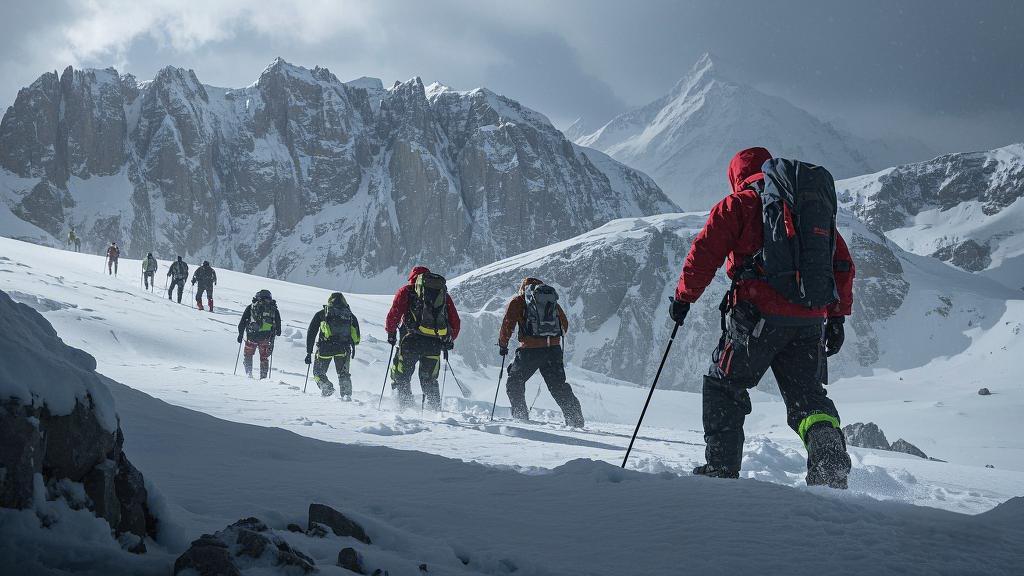
When the melting snow in the Alps converges into streams, and when the first tender shoots emerge from the American beeches in North America, the data from global outdoor laboratories is confirming a fact: the aerogel fiber material developed by Qingfeng Chemical Fiber is redefining the performance thresholds of outdoor equipment.
In the extremely cold and snowy environment with a temperature of minus 10°C in Helsinki, Finland, the founder of Qingfeng Chemical Fiber personally verified the disruptive performance of the aerogel fiber. Its unique “static air layer” formed by the nano-porous structure enables the thermal insulation efficiency to reach 1.8 times that of down under the same thickness.
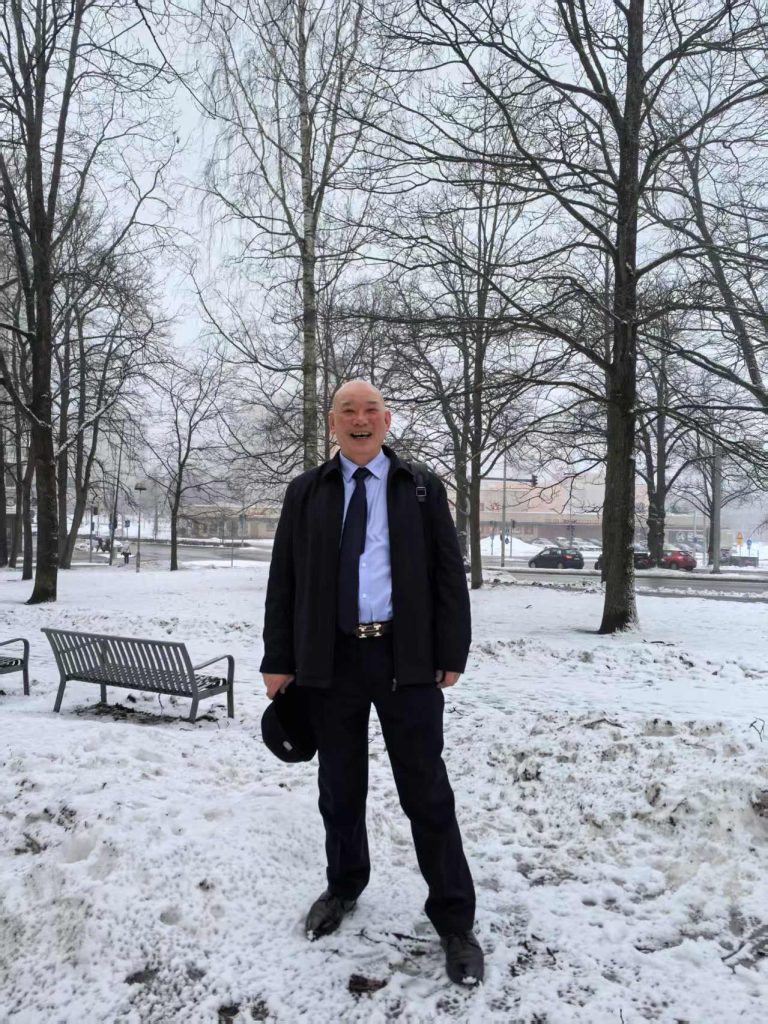
When corporate testers traversed the humid and rainy fjords of the South Island of New Zealand, the one-way moisture conduction speed of 0.3 seconds brought by the three-dimensional network structure kept the skin surface humidity always within a comfortable range.
This fiber material originating from aerospace technology has demonstrated amazing environmental adaptability in complex outdoor scenarios.
Irenowned foreign laboratories are also stepping up their research and evaluation of Qingfeng’s aerogel fiber.
In the simulated tests in the Munich laboratory, the hard shell jacket equipped with Qingfeng aerogel fiber still maintained a thermal insulation retention rate of 98.7% after being exposed to harsh environmental conditions for 72 consecutive hours.
True outdoor technology should not stop at victory on the parameter sheet. The R&D team of Qingfeng is ready to further optimize the fabric touch of the aerogel fiber, enabling the new generation of materials to have both the skin-friendliness of cashmere and the abrasion resistance of Kevlar fiber, and to find the golden balance between technology and nature.
Qingfeng aerogel fiber is willing to work together with outdoor equipment manufacturers to re-understand the dialectical relationship between warmth and freedom – there is no need to compromise between lightness and protection, and there is no need to sacrifice performance for environmental sustainability, so as to achieve a leapfrog innovation in outdoor equipment.
Dynamic temperature management: Through the phase change microcapsule technology, the fiber can independently adjust the storage and release of heat energy within the temperature range of 12-28°C, perfectly coping with the spring mountain environment where the temperature difference between day and night can reach 20°C.
Storm protection system: The micro-porous structure with more than 2,000 pores per square centimeter can successfully resist the invasion of gale force 8 while maintaining an air permeability of more than 15,000.
Eco-friendly design: The recycled fiber with a biobased raw material proportion of up to 37%, combined with the fluorine-free durable waterproof technology, reduces the carbon footprint of the equipment by 62% throughout its life cycle.
In the near future, our joint efforts will write a new chapter in the evolution of outdoor equipment on the snow line of Mont Blanc, on the granite walls of Yosemite, and among the rhododendrons of Siguniang Mountain.

 Aerogel fibers
Aerogel fibers
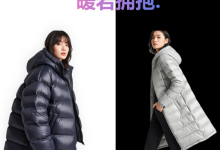
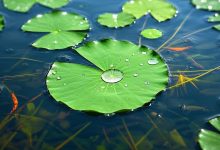



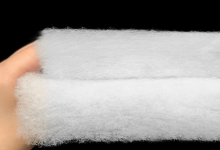
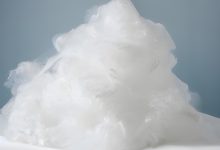
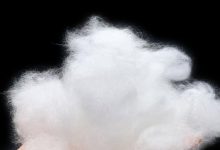
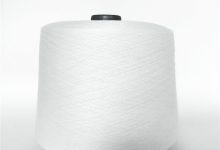
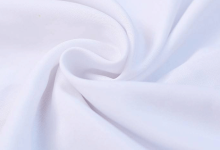

Must log in before commenting!
Sign Up